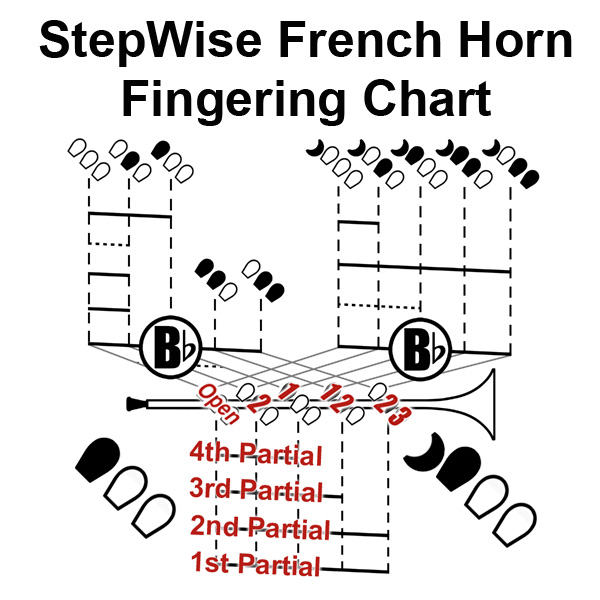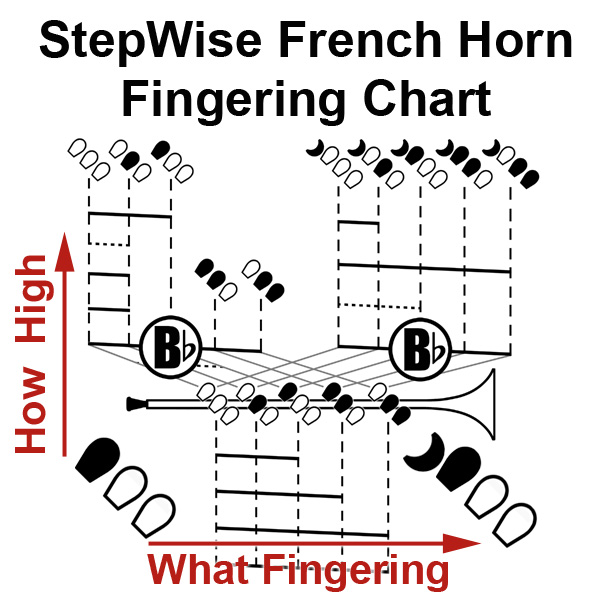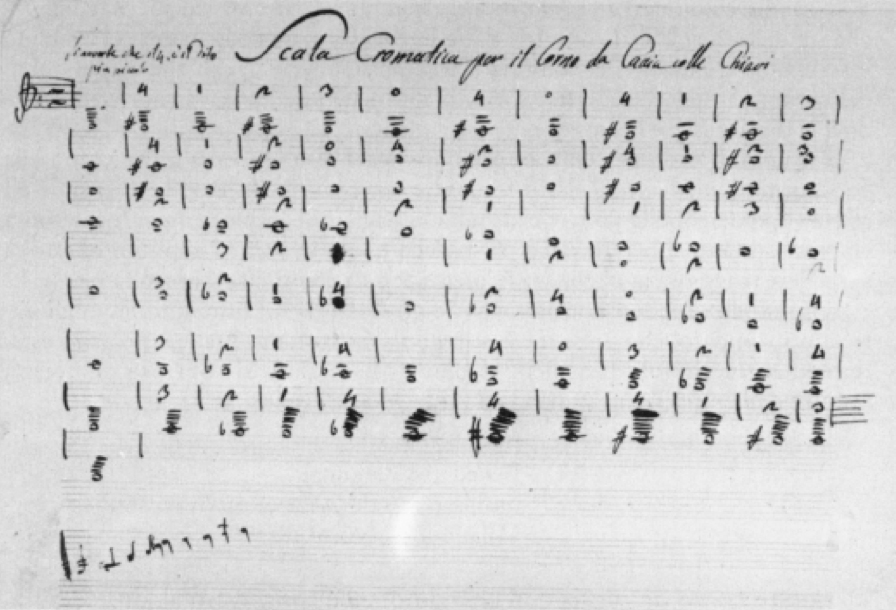

Extreme high notes can be hard to produce at all on some reeds. Notes above A6 can be difficult to produce at first because they require the teeth to lightly touch the middle of the reed while playing. Contemporary band or wind ensemble music, however, increasingly asks for high and very technical playing, necessitating the need to know these notes as younger players. The oboe can produce notes up to C7, though standard orchestral repertoire requires up to only A6, and most frequently up to only F6.

Oboe reeds cannot be slap-tongued with the same effectiveness as saxophone reeds.Ĭlick here to watch a video about slap tonguing with Peter VealeĬlick here for more information about slap tonguing However, when performing pieces such as Rhapsody in Blue by George Gershwin, which asks for slap tonguing, he does intend that the player blow hard enough to get the actual pitch as well. This is most effective, and loudest, in the low register. Slapping tonguing is “slapping” the tongue against the reed forcefully enough to create a sound without actually blowing enough to vibrate the reed.

#ART OF FRENCH HORN PLAYING FINGERING CHART HOW TO#
Here is the common notation for flutter-tongue:Ĭlick here to watch a video of Colin Maier on how to flutter tongueĬlick here to download a dissertation including information about flutter tonguing (page 47).Ĭlick here for a double, triple and flutter tonguing demonstration with oboist Christopher Redgate While written more for flute and brass players, many (though not all) oboists can flutter-tongue effectively. Some players are also successful using their throats (uvular) to make the rolling, growling sound. This articulation is created by rolling or fluttering the tongue while playing. It can be initially challenging to make this articulation even. The syllables often used are the same as for double-tonguing, but in the following manner: ta-ka-ta ka-ta-ka, etc. Triple tonguing is more rarely used on the oboe than by brass players, but there are places in the literature it can be helpful. It takes some practice to perform these evenly.ĭouble trill fingering charts can be found in The Oboe Unbound.Ĭlick here to watch Christopher Redgate demonstrate double trills A double trill involves alternating between the two possible fingerings to create a very fast trill, which is generally used only when specifically asked for, as it does not sound like a regular classical trill. Some trills have two possible fingerings D4 (or 5) to regular or left E-flat4 (or 5), for example. If the pitch is changed, no longer is bisbigliando being used, but rather a microtone trill … Bisbigliando is usually notated by repeated notes, alternate notes marked with a ‘o’” When using bisbigliando, it is important to match perfectly the pitch of the alternate fingering with the traditional one. Enlarging the possibilities, trill fingerings involving special trill keys work as well. First harmonics (an octave above the fundamental) are also possible (Bb to C#”). This obviously poses limitations to the number of notes possible with bisbigliando.

Bisbigliando is most often done alternating the traditional fingering for the written note with the harmonic fingering. Often the performer is asked to regulate the speed of the alternation, beginning slowly, speeding up, and slowing down again. Bisbigliando on the oboe, or any wind instrument, requires that the instrumentalist find a fingering close in colour, but different, to the traditional fingering, and that he alternate quickly between the two. “ Bisbigliando was originally a technique used on the pedal harp directing the harpist to quickly alternate between two strings tuned to the same pitch. Circular Breathing.įollowing is a quote from Nancy Bonar on the technique of bisbigliando: Instrument only breath and other sounds (without reed) Extended articulation techniques: triple tonguing, flutter tonguing, slap tonguingĦ.


 0 kommentar(er)
0 kommentar(er)
